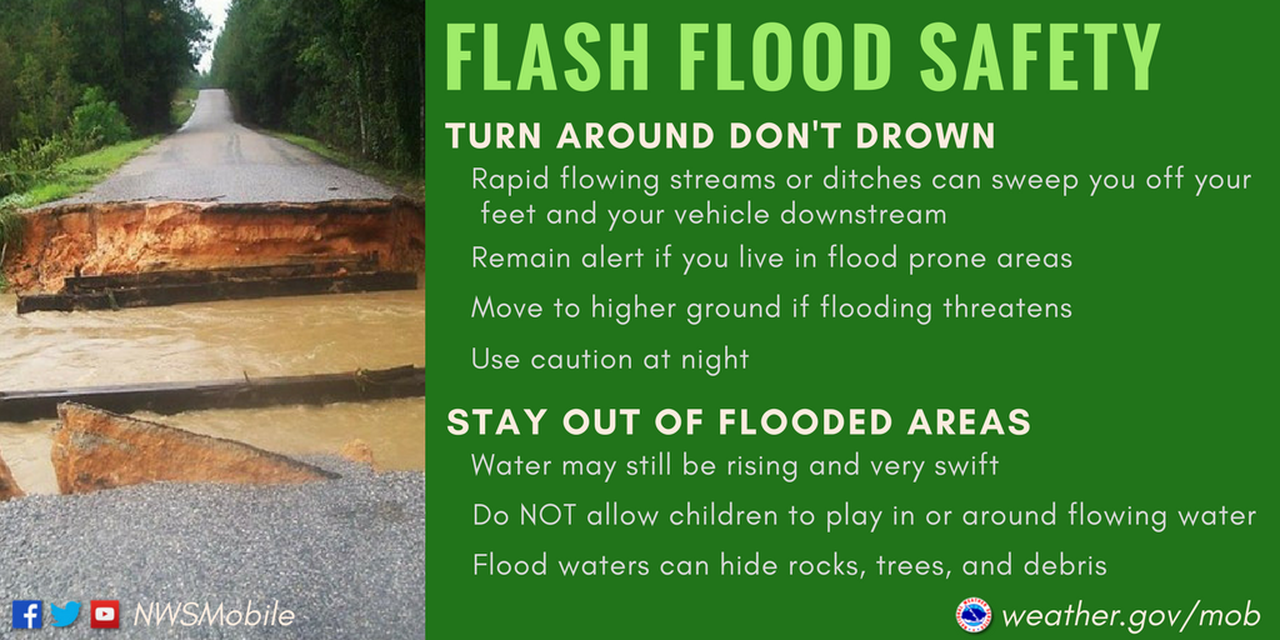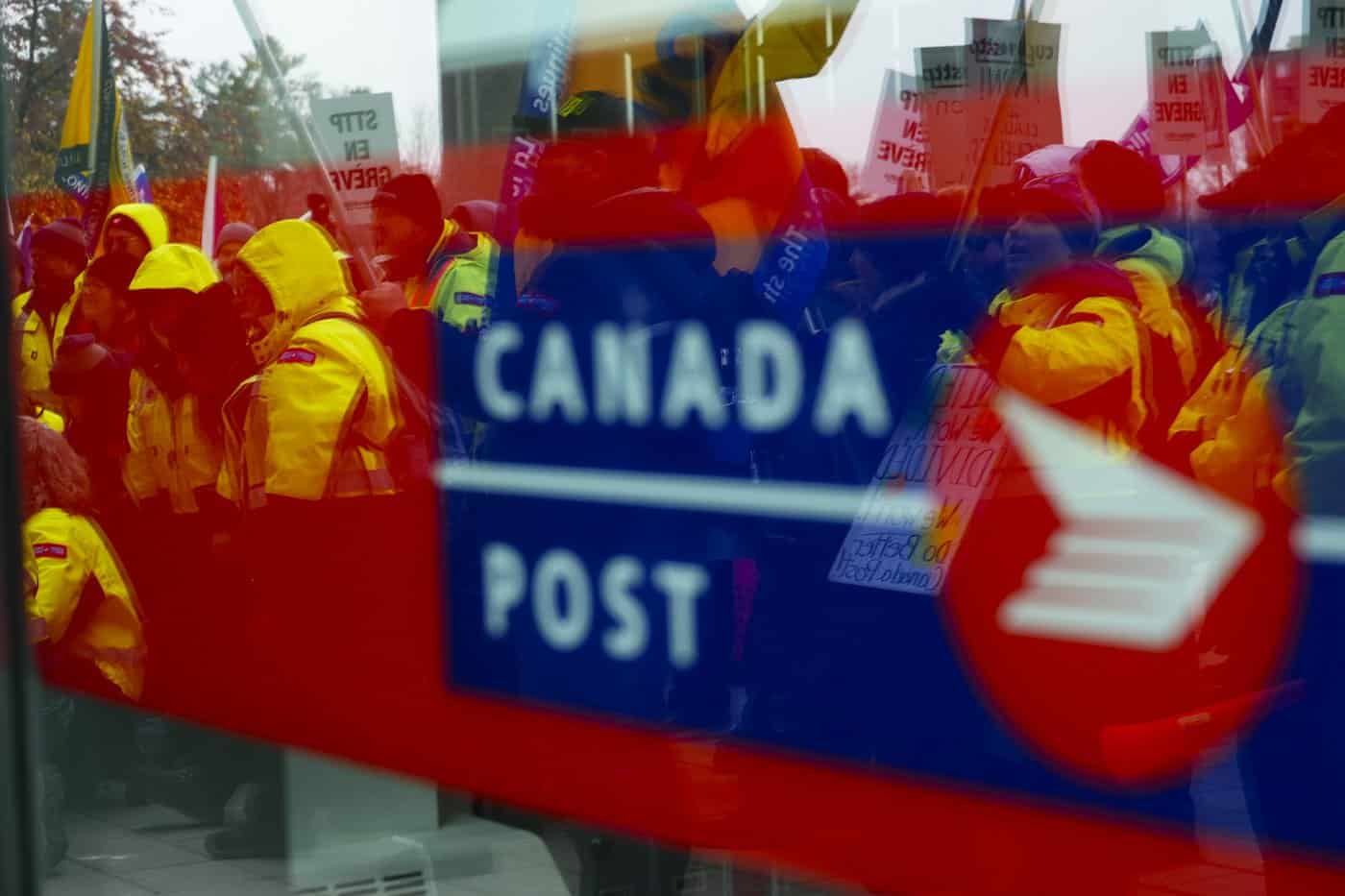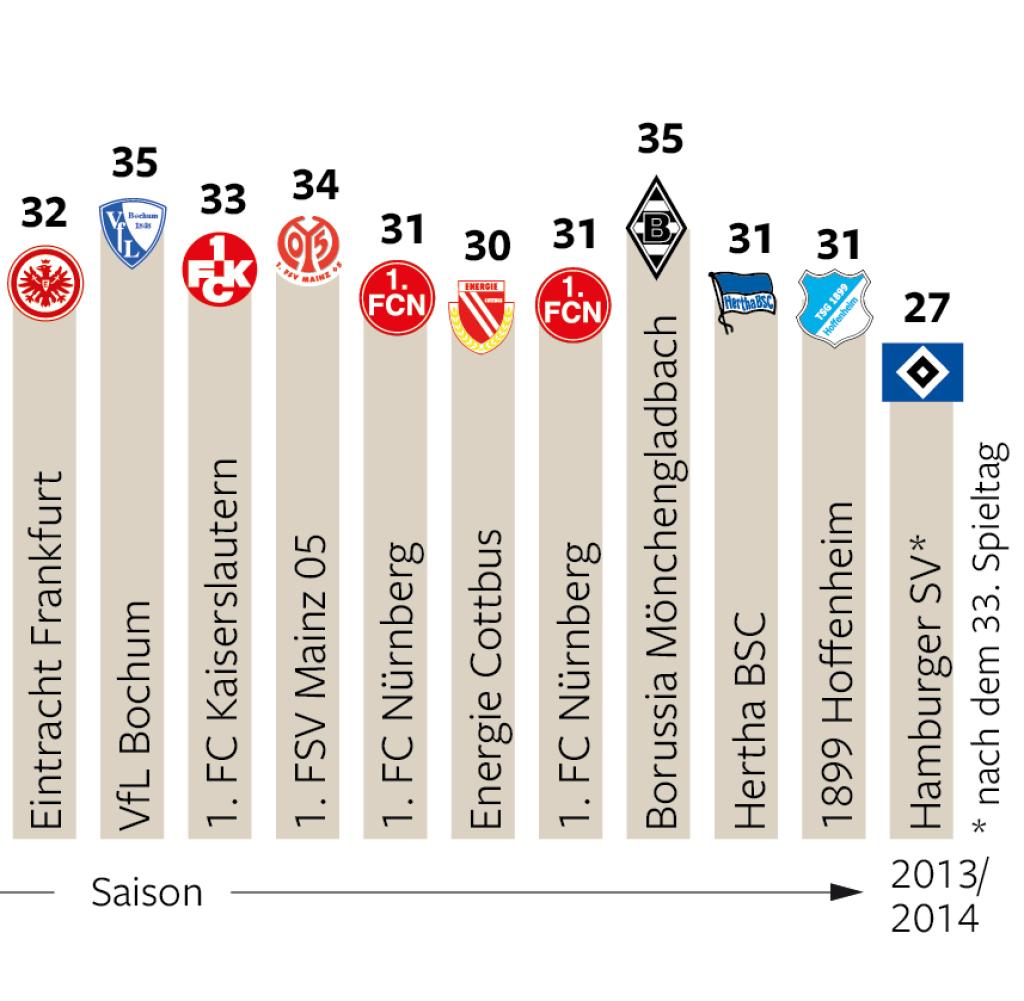What Is A Flash Flood? Understanding Flood Warnings And Alerts

Table of Contents
What Causes Flash Floods?
Flash floods are characterized by a rapid and sudden rise in water levels, typically within six hours of the causative event. Several factors contribute to their formation:
-
Intense rainfall in a short period: Torrential downpours, often associated with thunderstorms, are the most common cause. The ground becomes saturated quickly, unable to absorb the excess water, leading to rapid runoff. This is particularly true in areas with poor drainage or impermeable surfaces.
-
Rapid snowmelt in mountainous areas: A sudden warming trend can rapidly melt large quantities of snowpack, sending huge volumes of water rushing downstream. This effect is amplified by already saturated ground from previous precipitation.
-
Dam or levee failures: Structural failures in dams or levees can unleash catastrophic floods, inundating downstream areas with immense quantities of water in a very short time.
-
Sudden release of water from a reservoir: While less frequent, planned or unplanned releases of water from reservoirs can trigger flash floods downstream if not managed properly.
-
Mudslides and debris flows blocking waterways: Heavy rainfall can trigger landslides and mudslides, which can dam rivers and streams, creating temporary barriers. When these barriers fail, a sudden surge of water and debris can cause devastating flash floods.
Geographically, certain areas are more susceptible to flash floods. Mountainous terrain with steep slopes funnels water rapidly into valleys and lower-lying areas. Urban areas with inadequate drainage systems struggle to handle sudden surges of rainwater, exacerbating the risk of rapid flooding.
Recognizing the Signs of an Impending Flash Flood
Recognizing the precursors of a flash flood can be life-saving. Be vigilant and look for these signs:
-
Rapidly rising water levels in streams, rivers, and creeks: A significant increase in water levels within a short period is a major warning sign.
-
Water overflowing banks: When water spills over the banks of normally contained waterways, it's a clear indication of impending danger.
-
Debris flowing in normally dry channels: Seeing logs, branches, and other debris rushing down usually dry streambeds signals significant water flow.
-
A sudden increase in water flow: A noticeable and rapid change in the speed and volume of water in rivers, creeks, or streams is a strong indicator of potential flash flooding.
-
Unusual sounds like rushing water or roaring: The sound of water rushing or roaring, especially in areas where such sounds are not typical, is an audible warning.
Paying close attention to weather forecasts and warnings issued by meteorological agencies is paramount. These alerts provide crucial information, allowing you to prepare and take necessary safety measures.
Understanding Flood Warnings and Alerts
It’s critical to understand the differences between various flood alerts:
-
Flood Watch: Conditions are favorable for flooding. This means heavy rain is expected, and flooding is possible. Stay informed and be prepared to take action if necessary.
-
Flood Warning: Flooding is occurring or is imminent. This is a serious alert indicating that flooding is happening now or will happen very soon. You should take immediate action to protect yourself and your property.
-
Flash Flood Warning: A flash flood is happening or is expected to happen very soon. This is the most urgent alert, indicating an immediate threat to life and property. Evacuate immediately if instructed.
These warnings are disseminated through various channels: weather apps (like AccuWeather or The Weather Channel), the National Oceanic and Atmospheric Administration (NOAA) website, local news broadcasts, and emergency alert systems (like NOAA Weather Radio). Familiarize yourself with the official sources for your area.
How to Stay Safe During a Flash Flood
Your actions before, during, and after a flash flood are crucial:
-
Before:
- Develop a family evacuation plan, including designated meeting points and escape routes.
- Identify higher ground where you could seek refuge if necessary.
- Gather emergency supplies (water, non-perishable food, first-aid kit, medications, flashlights).
-
During:
- Move to higher ground immediately. Do not attempt to cross flowing water; even a few inches of swiftly moving water can knock you off your feet.
- Avoid driving through flooded areas. "Turn around, don't drown." Many flash flood fatalities occur when vehicles are swept away.
- If trapped, seek refuge on the roof of your vehicle or a higher structure.
-
After:
- Check for damage to your property.
- Report any damage to the authorities.
- Avoid floodwaters as they may be contaminated with sewage and other hazardous materials.
Flash Flood Preparedness and Prevention
Individual and community actions are crucial in mitigating flash flood risks:
- Create a family emergency plan that includes evacuation routes, meeting places, and communication strategies.
- Stockpile at least a three-day supply of essential items, including water, food, medications, and first aid supplies.
- Learn basic CPR and first aid to help yourself and others in case of injuries.
- Participate in community flood preparedness initiatives, such as neighborhood watch programs and volunteer efforts.
- Advocate for improved drainage systems and flood control measures in your community.
Conclusion
Flash floods are a serious threat, but understanding their causes, recognizing warning signs, and knowing how to react can significantly improve your chances of survival. Remember that preparation is key: developing a personal flash flood preparedness plan, subscribing to weather alerts, and understanding the specific risks in your area are crucial steps toward ensuring your safety and protecting your loved ones. Don't wait for a flash flood to strike; take action today to understand and prepare for this life-threatening natural disaster.

Featured Posts
-
 Report 25 Million Nationwide Tennis Players Predicted By August 2024
May 25, 2025
Report 25 Million Nationwide Tennis Players Predicted By August 2024
May 25, 2025 -
 Is 2023 Apple Ceo Tim Cooks Worst Year Yet
May 25, 2025
Is 2023 Apple Ceo Tim Cooks Worst Year Yet
May 25, 2025 -
 The Canada Post Strike Threat Losing Customers Trust
May 25, 2025
The Canada Post Strike Threat Losing Customers Trust
May 25, 2025 -
 Rueckkehr In Die Bundesliga Der Hsv Ist Wieder Da
May 25, 2025
Rueckkehr In Die Bundesliga Der Hsv Ist Wieder Da
May 25, 2025 -
 Review Of Dr Terrors House Of Horrors Is It Worth Visiting
May 25, 2025
Review Of Dr Terrors House Of Horrors Is It Worth Visiting
May 25, 2025
